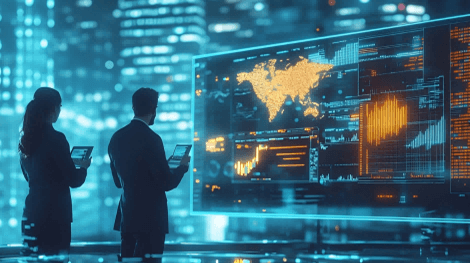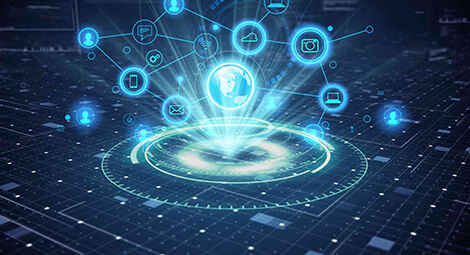GPU What is GPU Definition GPU Introduction What is GPU?
Categories: Industry News
GPUs What is GPU Definition GPU Introduction
Hello everyone, there has been a long time on the internet aboutGPUsThe introduction of the GPU, so today I help you to summarize the summary, what is the GPU? comprehensive help you know the GPU
GPUs(A Graphics Processing Unit (GPU) is a high-performance processor dedicated to graphics processing and computation. With the development of technology and increased demand, GPU has evolved from a simple graphics renderer to a powerful processor capable of rendering complex 3D graphics at high resolution. This article will introduce the development history, application areas, performance advantages and future trends of GPUs.
I. History of GPUs
The earliest GPUs would be considered the NV1 chip, introduced by Navya Systems in the mid-1990s. But computers at the time were not powerful enough to support this level of graphics processing, making the machines very expensive and therefore not popular. As computer performance continued to increase, GPUs began to appear in consumer electronic devices, such as gaming consoles like the Sony PlayStation and Microsoft Xbox. However, these GPUs were mainly used in gaming and entertainment devices and were not widely used in other areas. It is only in recent years that GPUs have gradually gained widespread attention due to their computational and rendering speed advantages.
II. Application areas of GPUs
1. Gaming: GPUs are an important part of the gaming industry, and game designers can utilize GPUs for realism rendering and high frame rate image processing. Of course, in current gaming scenarios, GPUs can also be used to process sound, physical effects, and background calculations that hide the graphical interface. Meanwhile, the trend downward from the current stage speculates that the application areas of GPUs will become more and more extensive.
2, computer vision: In the field of computer vision, GPUs can be used in tasks such as object detection, face recognition and gesture recognition. These tasks require running a large number of image and video processing algorithms, and therefore require efficient parallel computing capabilities and extremely high bandwidth. Traditional CPUs take more time and cost to perform these tasks, while GPUs can provide faster and less costly processing.
3, scientific computing: In the field of scientific computing, GPUs are used to accelerate numerical simulation, image processing, data analysis and other computationally intensive tasks. In many scientific fields, GPUs have become indispensable tools. For example, in weather forecasting, molecular dynamics, seismology and bioinformatics, GPUs have been widely used to accelerate computation and improve research efficiency.
III. Performance Advantages of GPUs
1, parallel computing: the biggest advantage of the GPU is its parallel computing capabilities. GPUs usually have hundreds of computing cores (cores), while CPUs usually have only a few cores. This allows the GPU to handle multiple computing tasks at the same time, thus increasing the speed of computation. In fact, GPUs can have dozens of times the parallelism of CPUs.
2, high-speed data processing: GPU's parallel computing capabilities support ultra-high-speed data processing. There is a large amount of data in various fields such as science, medicine, finance and industry, and data processing time is often a bottleneck for various applications. However, due to the super computing speed of GPUs, the processing time can be drastically reduced, thus improving the performance of applications.
3, saving power: due to the parallel computing power of the GPU, it is more energy efficient than the CPU. the GPU can consume less energy to complete more computing tasks in a relatively short period of time.
IV. Future Development Trends of GPUs
In the future, the application areas of GPUs will be further expanded. Among them, some emerging fields will bring new development opportunities for GPU-driven high-performance computing, such as edge computing and the Internet of Things. In addition, the development of fields such as artificial intelligence and deep learning will also drive the further development of GPUs.
In conclusion, GPU as a high-performance processor dedicated to graphics processing and computing, whether in the game, computer vision, scientific computing and other fields are playing an important role and has a lot of market space. It is believed that in the near futureGPUsThe computing power will be more powerful and the application areas will be more extensive, becoming one of the main protagonists in the computing field.
Lenovo ThinkSystem server (computer)Lenovo ThinkSystem SR588/SR590/SR650/SR658/SR860/SR86812000.00 from AI Deep Learning GPU serverHPC/Scientific Computing/AI Training Server/AI Inference Server/NVIDIA DGX Supercomputer, etc. from 30800.00Server-specific GPU acceleration cards for scientific computing, deep learning/training+reasoning, etc.: T4/V100/A100/A40/A30/A16 from 99,999.00HPE Proliant Server Series HPDL20/DL360/DL380/DL388/DL560/DL580/ML30/ML110/ML350















